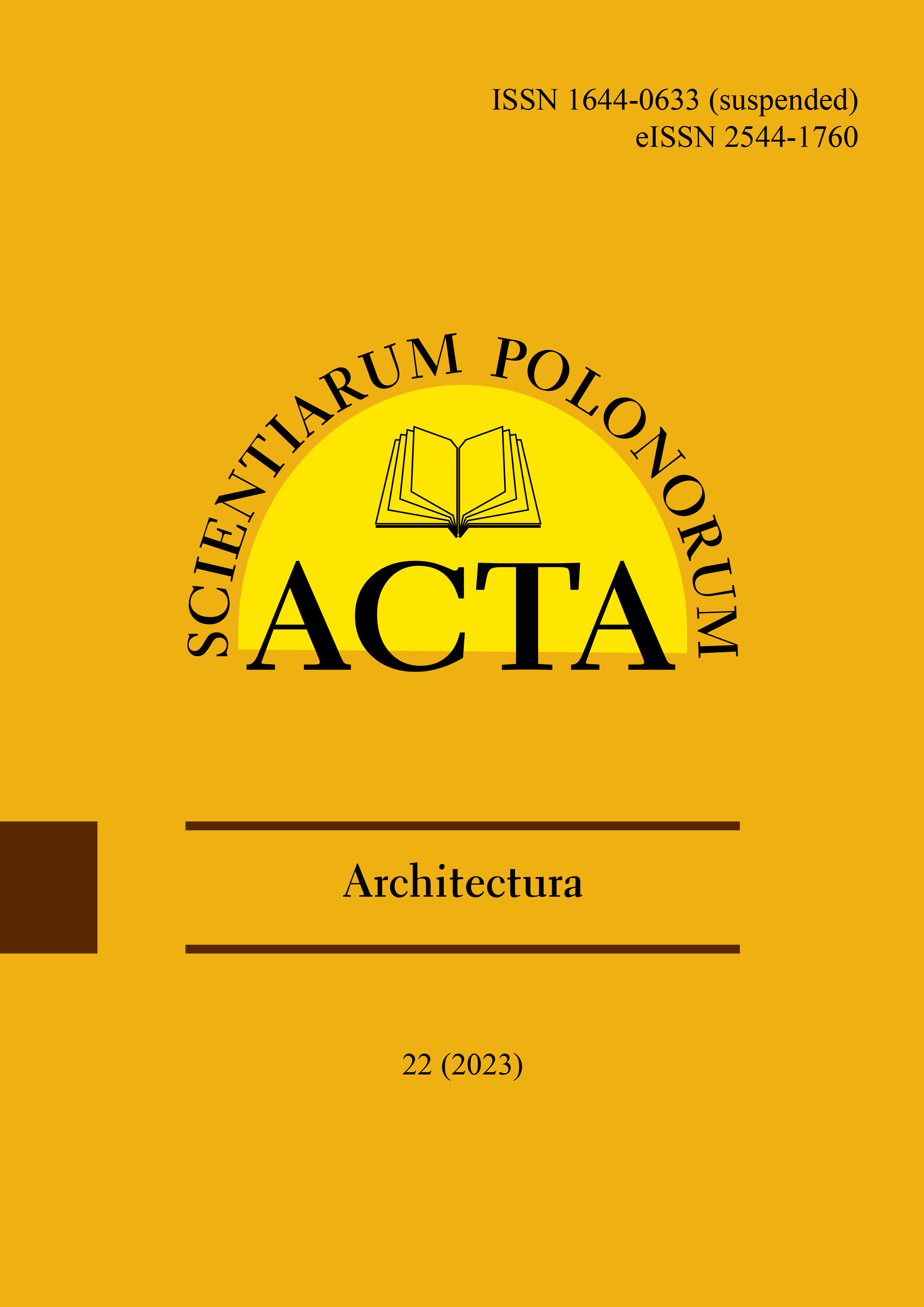Main Article Content
This paper investigates the application of the machine learning techniques in the civil engineering, focusing on the prediction of permeability coefficient. Permeability coefficient is an important parameter in various civil engineering projects including groundwater flow analysis, soil stabilisation and geotechnical engineering. Traditional methods for estimating permeability are time-consuming and often based on laboratory tests. The machine learning offers a promising approach to predict it more efficiently and accurately. This paper studies several machine-learning techniques, verifying their applicability to predict the permeability coefficient for sands. The article analysed the predictive performance of the artificial neural network (ANN), the random forest (RF), the gradient boosting (GB) and the linear regression (LR). The most accurate algorithm in this case turned out to be the gradient boosting for which the coefficient of determination was 0.995, the mean absolute error was less than 0.001 and the root mean square error was 0.001.
Article Details
Barbur, V. A., Montgomery, D. C. & Peck, E. A. (1994). Introduction to Linear Regression Analysis. The Statistician, 43 (2), 339. https://doi.org/10.2307/2348362 (Crossref)
Breiman, L. (2001). Random forests. Machine Learning, 45 (1), 5–32. https://doi.org/10.1023/A:1010933404324 (Crossref)
Browne, M. W. (2000). Cross-Validation Methods. Journal of Mathematical Psychology, 44 (1), 108–132. https://doi.org/10.1006/JMPS.1999.1279 (Crossref)
Cutler, A., Cutler, D. R. & Stevens, J. R. (2012). Random forests. In Ensemble Machine Learning: Methods and Applications (pp. 157–175). Boston, MA: Springer. https://doi.org/10.1007/9781441993267_5 (Crossref)
Friedman, J. H. (2002). Stochastic gradient boosting. Computational Statistics and Data Analysis, 38 (4), 367–378. https://doi.org/10.1016/S0167-9473(01)00065-2 (Crossref)
Hu, Y. H., Yu, S. C., Qi, X., Zheng, W. J., Wang, Q. Q. & Yao, H. Y. (2019). An overview of multiple linear regression model and its application. Zhonghua Yu Fang Yi Xue Za Zhi [Chinese Journal of Preventive Medicine], 53 (6), 653–656. https://doi.org/10.3760/CMA.J.ISSN.0253-9624.2019.06.021
Lagaros, N. D. (2023). Artificial Neural Networks Applied in Civil Engineering. Applied Sciences, 13 (2), 1131. https://doi.org/10.3390/APP13021131 (Crossref)
Louppe, G. (2014). Understanding Random Forests: From Theory to Practice (PhD dissertation). University of Liège, Liège. https://doi.org/10.48550/arxiv.1407.7502
Maulud, D. & Abdulazeez, A. M. (2020). A Review on Linear Regression Comprehensive in Machine Learning. Journal of Applied Science and Technology Trends, 1 (4), 140–147. (Crossref)
Melhem, H. G. & Nagaraja, S. (2007). Machine learning and its application to civil engineering systems. Civil Engineering Systems, 13 (4), 259–279. https://doi.org/10.1080/02630259608970203 (Crossref)
Naranjo-Pérez, J., Infantes, M., Fernando Jiménez-Alonso, J. & Sáez, A. (2020). A collaborative machine learning-optimization algorithm to improve the finite element model updating of civil engineering structures. Engineering Structures, 225, 111327. https://doi.org/10.1016/J.ENGSTRUCT.2020.111327 (Crossref)
Kosinov, V., Trach, Y. & Trach, R. (2023). Analysis of the construction of nodes of a water pipeline network and modeling of planned overall dimensions of its working chambers. Acta Scientiarum Polonorum. Architectura, 21 (1), 71–80. https://doi.org/10.22630/ASPA.2022.21.1.8 (Crossref)
Pardalos, P. M., Rassia, Th. S. & Tsokas, A. (Eds), (2022). Artificial Intelligence, Machine Learning and Optimization Tools for Smart Cities (Springer Optimization and Its Applications. Vol. 186). Retrieved from: https://link.springer.com/10.1007/978-3-030-84459-2 [accessed: 07.09.2023]. (Crossref)
Reich, Y. (1997). Machine Learning Techniques for Civil Engineering Problems. Computer-Aided Civil and Infrastructure Engineering, 12 (4), 295–310. https://doi.org/10.1111/0885-9507.00065 (Crossref)
Seber, G. A. F. & Lee, A. J. (2012). Linear regression analysis (Vol. 329). Retrieved from: https://books.google.com/books/about/Linear_Regression_Analysis.html?hl=pl&id=X2Y6OkXl8ysC [accessed: 07.09.2023].
Suzuki, K. & Soleimanian Gharehchopogh, F. (2012). Artificial Neural Networks – Methodological Advances and Biomedical Applications. In Artificial Neural Networks – Methodological Advances and Biomedical Applications. https://doi.org/10.5772/644 (Crossref)
Szymanek, S. (2022). Construction Production Trends and Industry Optimism in EU Countries After The COVID-19 Pandemic. Acta Scientiarum Polonorum. Architectura, 21 (4), 69–74. https://doi.org/10.22630/ASPA.2022.21.4.32 (Crossref)
Velthoen, J., Dombry, C., Cai, J-J. & Engelke, S. (2021). Gradient boosting for extreme quantile regression. https://doi.org/10.48550/arxiv.2103.00808
Weisberg, S. (2005). Applied linear regression (wyd. 3). Hoboken, NJ: John Wiley & Sons. Retrieved from: https://books.google.com/books/about/Applied_Linear_Regression.html?hl=pl&id=xd0tNdFOOjcC [accessed: 07.09.2023]. (Crossref)
Downloads
- Katarzyna Wieczorek, Justyna Dzięcioł, Analysis of the impact of the global crisis in 2021–2024 on the development time of multifamily blocks , Acta Scientiarum Polonorum. Architectura: Vol. 24 (2025)
- Katarzyna Wieczorek , Justyna Dzięcioł, Comparative analysis of building permits issued in Poland and selected European countries between 2019 and 2024 in the context of economic conditions , Acta Scientiarum Polonorum. Architectura: Vol. 24 (2025)

This work is licensed under a Creative Commons Attribution-NonCommercial 4.0 International License.

